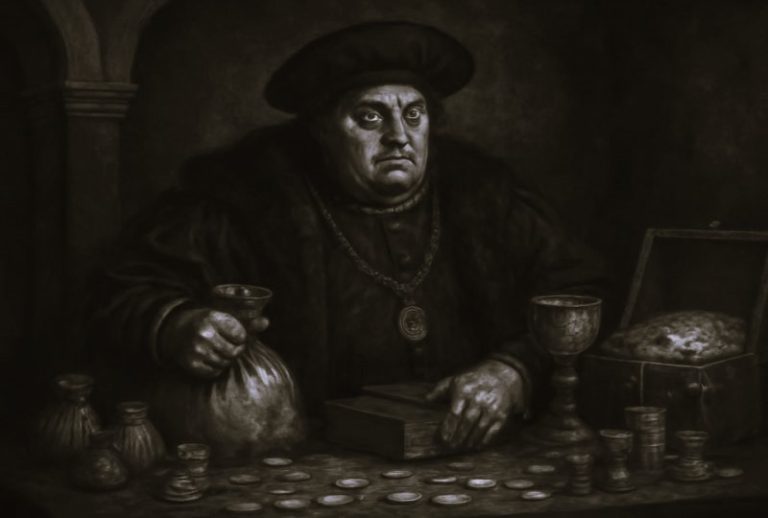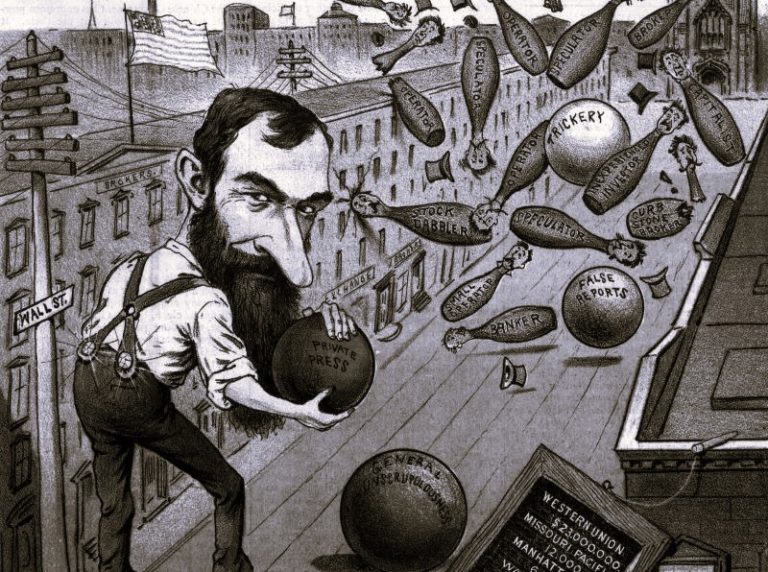


By Karie Youngdahl, MPH
Senior Writer, Science Communications
International AIDS Vaccine Initiative (IAVI)
Introduction
One of the fascinating things about the history of vaccinology is how quickly late 19th century researchers moved from identifying microbes as the cause of certain diseases to developing ways to treat and immunize people.
Diphtheria is a case in point. Edwin Klebs (1834-1913), a Swiss-German pathologist, identified and described the bacterium that causes diphtheria in 1883. (Just to point out the devastation that diphtheria caused, in 1883, the diphtheria death rate was 125 per 100,000 people in New York City.) A year later, German bacteriologist Friedrich Loeffler (1852-1915) became the first to cultivate Corynebacterium diphtheriae, and he then showed that C. diphtheriae produces a toxin.
First Steps Toward Human Treatment
In 1888, Émile Roux (1853-1933) and Alexandre Yersin (1863-1943) showed that the toxin produced by C. diphtheriae causes symptoms of diphtheria in animals. Shibasaburo Kitasato (1852-1931) and Emil von Behring (1854-1917) then immunized guinea pigs with heat-treated diphtheria toxin in 1890.
The transition to use of diphtheria antitoxin to treat ill humans happened quickly, but it’s difficult to identify exactly when it was first used. (Note that diphtheria antitoxin was first used to treat the ill, not to immunize.) An often-repeated anecdote claims that diphtheria antitoxin was first used to treat an ill human in 1891. The tale dramatically occurs in Germany on Christmas 1891, with Emil von Behring successfully curing a seriously ill girl with diphtheria antitoxin prepared from a sheep. Though it makes for a picturesque story, it is untrue. Systematic use of antitoxin to treat diphtheria did not occur until late 1892.
Antitoxin in Cincinnati
We can verify, however, one of the earliest uses of diphtheria antitoxin in the United States, in which two young Cincinnati physicians treated a two-year-old girl successfully with diphtheria antitoxin on October 16, 1894.
G.J. Hermann, MD, and Charles Waugh Reynolds, MD, learned that a local physician had obtained some of the antitoxin on a recent trip to Europe. They begged him to let them use it to treat four children in one family who had taken ill with diphtheria. The physician had only enough antitoxin to treat the youngest child—the two-year-old girl—whose disease had not progressed far. The little girl and one of her untreated brothers survived, but two of the untreated children died.

Reynolds’s typescript memoir provides a dramatic rendering of the event, and a newspaper account from 1952 provides further documentation. The newspaper article repeats Reynolds’s claim that he and Hermann were the first Americans to use the new treatment. We haven’t been able to confirm this, but a description of another early use of antitoxin from a pioneer in the field places the Cincinnati story close to antitoxin’s first likely use in the United States.
And in New York City…
William H. Park, MD, was a bacteriologist with the New York City Board of Health who played an influential role in the control of diphtheria. He would almost certainly have had very early access to the diphtheria antitoxin then being used in Europe. And indeed, we find evidence in a medical journal of his first—or very early—use of the treatment. As he wrote, “…an epidemic… was raging in a large institution for children. It broke out in the fall of 1894, a few weeks before we received our first antitoxin from Europe….The danger to the children was so great that we decided to use the greater part of a small consignment of antitoxin which we at that time obtained from Germany.” Evidence indicates that this happened sometime in October 1894.
By 1895, several entities in the United States were producing diphtheria antitoxin, so that in just 12 years, a scientific breakthrough in Europe led to a commercial enterprise a continent away. And William H. Park would pioneer use of a mixture of diphtheria toxin and antitoxin (TAT) that provided immunity to the disease. TAT eventually was replaced by diphtheria toxoid, which is still used today to immunize against this disease that Noah Webster called “the plague among children.”
Sources
- Bureau of the Census. Historical Statistics of the United States. Colonial Times to 1970. Washington, DC: U.S. Department of Commerce, 1975.
- Golden JT Jr. Both held the syringe – both guilty if –. Cincinnati Enquirer. 10/16/1952.
- Grabenstein JD. Toxoid vaccines. In: Artenstein AW, ed. Vaccines: A Biography. New York:Springer Science, 2010.
- Linton DS. Emil von Behring: Infectious Disease, Immunology, Serum Therapy. Philadelphia: American Philosophical Society, 2005.
- Park WH. The role of animal experimentation in the discoveries leading to our present knowledge of the etiology, prevention and cure of diphtheria. J Am Med Assoc. 1912;LVIII(7):453-459.
Originally published by The College of Physicians of Philadelphia, 08.02.2010, republished under fair use for educational, non-commercial purposes.






